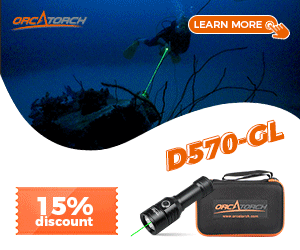There is a substantial variance from one person to the next in the relative comfort levels experienced at varying temperatures, but this chart is a semi-good starting point:
Exposure Suit Comfort Zones
Water temp Thickness recommended
75-85F 1/16" (1.6mm) neoprene, Lycra, Polartec
70-85F 1/8" (3mm) neoprene
65-75F 3/16" (5mm) neoprene
50-70F 1/4" (6.5mm) neoprene
35-65F 3/8" (9.5mm) neoprene, dry suit
I think that this is a little bit optimistic. In my experience, there are a number of significant factors that can skew this chart. Not necessarily in order:
- Where you live. People in Florida are less comfortable in cold water than people in Ontario. Although www's can live anywhere, long exposure to warmer climates seems to exacerbate the condition.
- Self-contained insulation. There's a reason whales aren't skinny - a nice thick layer of fat will help keep you warm.
- Activity level. The harder you work, the warmer you stay.
- Suit fit. Too loose and you pump water in and out of the voids and that will make you cold. Too tight causes another set of problems, but too loose is just as bad.
- Suit condition. Those nasty torn up and collapsed rental suits you may have learned in aren't going to work as well as a brand-new anything.
- Dive depth. Neoprene compresses with depth and loses insulation value. At depth, a suit can lose half (or more) of its insulation value.
- Dive time. The longer you're in the water (including repetitive dives) the colder you're going to get.
IMHO, titanium doesn't make any/enough difference to make it worth spending any money on. There are many who will disagree with me on this, but I've never seen any empirical data that would establish any value to titanium in suits, except as a marketing tool.
Take your time before going dry, if you can. As you've discovered, it's really expensive. It also takes time to learn how to use and it adds significantly to your task load. If you continue to dive in cold water, you will probably end up with a dry suit, but its not usually necessary to start there. Over time, you will also probably accumulate a number of exposure suits, until you finally have enough rubber clothing hanging in your closet to make your pastor nervous for you. My closet currently contains a Henderson 3mm shorty, a Henderson 3mm Gold core jumper, a Henderson 7mm two piece, and a DUI TLS 350. The shorty and the two-piece don't see a lot of action anymore.




